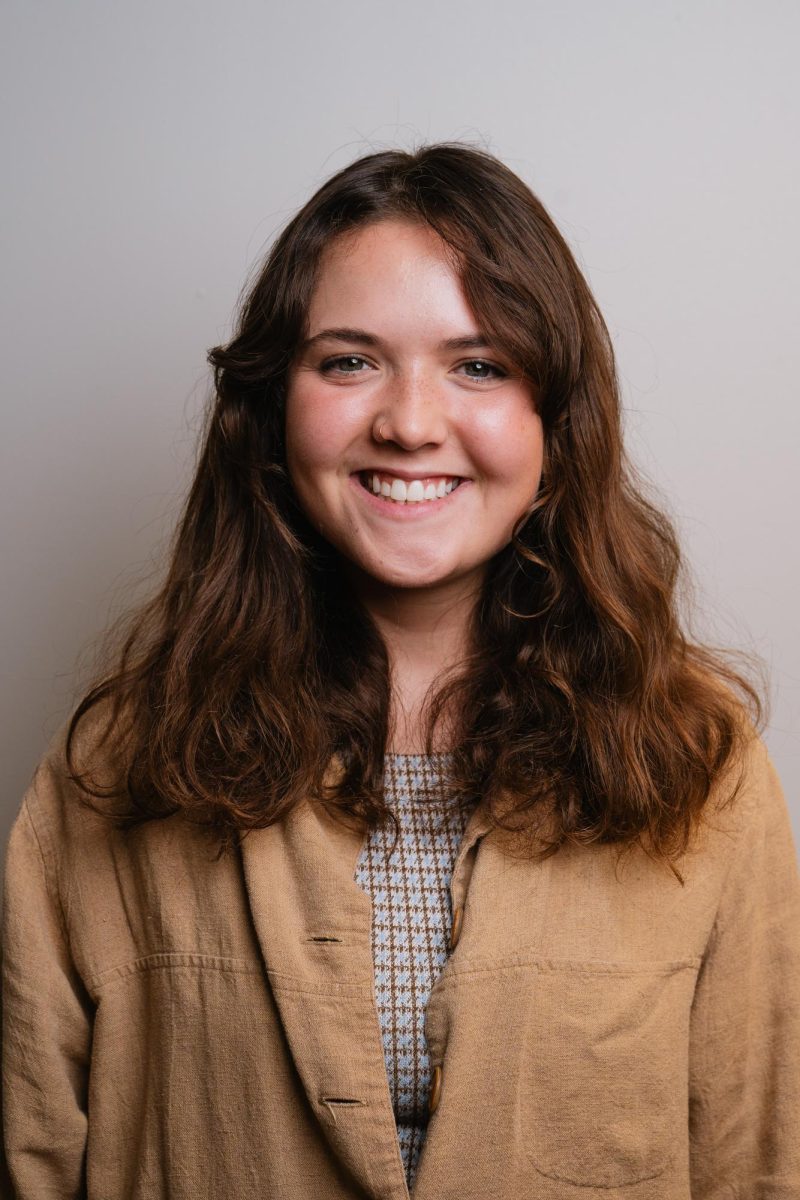Remember, remember, the ninth of November
November 9, 1998
It stands on my desk now. A little piece of rock, chiseled out of a big piece of rock — purple on one side, gray on the other.
It’s just a rock, something looted during a city’s upheaval and then sold for an outlandish price. Still, it means something to me.
I bought the rock at an apartment building-turned-museum in Berlin, just around the corner from the spot Checkpoint Charlie stood for 30 years.
The museum houses exhibits, works of art and other remnants of Cold War Germany. It is a tribute to the Berlin Wall and to the people who overcame it.
Early in the morning, on Aug. 13, 1961, the communist leadership in East Germany began constructing a 166 kilometer-long wall as “anti-fascist protection.”
The Berlin Wall took shape quickly. It was first constructed of barricades of paving stones and barbed wire. Then, since people were still escaping quite easily, the East Berlin government built a “permanent” concrete wall.
Still, thousands of people tried to escape East Berlin into the west.
Daring East Berliners, usually with the help of West Berliners, tried ingenious methods of escape.
Many were smuggled out in stripped down cars, lying in the wheel wells, carefully hidden. Some dug tunnels from cemeteries and basements under the wall to freedom. One woman hid herself in two carved-out surfboards strapped together on top of a car.
This went on for 29 years.
But on Nov. 9, 1989, nine years ago today, all that changed.
At 7 p.m., East Berlin’s communist party leader opened the Berlin Wall for “private trips abroad.” Berliners, both from the east and west, flood over the wall, celebrating their unity after 29 years of separation.
What no one thought would ever happen finally did. People tired of communism took over their lives and their government and forced down the wall.
I remember the wall coming down. I was only 12 years old, in sixth grade, but I remember it clearly.
I remember the picture of the West and East Berliners, standing together on top of the wall, behind the immense Brandenburg Tor, the huge gate where Hitler incited his Nazi troops only a half-century before.
To go there last month, to see the Brandenburg Tor and Checkpoint Charlie, to witness the place where so much recent history has taken place, was little short of amazing.
The wall’s destruction had a deep meaning for my life — 10 years ago when it happened and last month when I saw its remnants in person. Rulers built it, but the people brought it down, something which holds great significance for a democratic country like ours. The system of democracy works, but only if the people want it badly enough.
Today, we live in a deceptively peaceful world. The Cold War is over, the United States is the lone “superpower.” We can ignore third-world terrorism and unrest and bloody civil wars half a world away.
We are safe here, in Ames, Iowa. We are free — free to vote, to work, to learn and compete in our society. We are lucky, more so than we might ever realize.
But we should realize what others have gone through in order to be free. All that we take for granted every day, East Berliners fought for, tooth and nail.
So now my little rock, my piece of the Berlin Wall, my memento of history, sits on my desk. It is my reminder of what ordinary people can do to change extraordinary circumstances.
It is my reminder to never take for granted any of the enormous freedoms we have.
I have never known terror or persecution. I have never been afraid of speaking my mind. I have never been oppressed to the point of needing to escape.
But this little rock, encased in a plastic stand, reminds me that other people have.
“Remember, remember, the ninth of November.”
Sara Ziegler is a junior in journalism and mass communication from Sioux Falls, S.D. She is managing editor of the Daily.
















